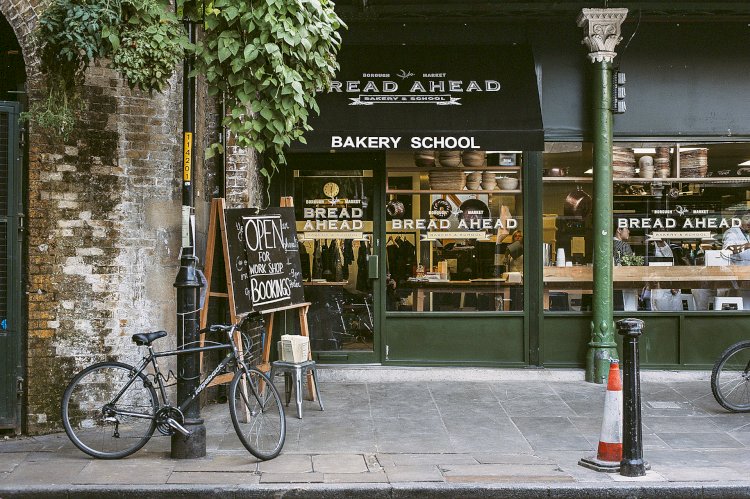Archeological Survey of India(ASI ) restoring 17th century Dutch cemetery

ASI ( Archeological Survey of India) breathes life into 17th century Dutch cemetery. As early as 1656 after the decline of the Portugese, the western bank of the river Hooghly was occupied by the Dutch. For nearly two centuries, a Dutch settlement flourished at Chinsurah and started intra-Asian trade.
- Vasco-da-Gama reached the port of Calicut in 1498 during the reign of King Zamorin (Hindu ruler of Calicut).
- Dutch East India Company was formed in AD 1602. Dutch were defeated by the English at the Battle of Bedara in AD 1759
- The English East India Company was formed in 1599 under a charter granted by Queen Elizabeth in 1600. Jahangir granted a Farman to Captain William Hawkins permitting the English to erect a factory at Surat (1613).
- The Danish East India Company was formed in 1616. The Danish colony ‘Tranquebar’ was established on the Southern Coromandel coast of India
- The French East India Company was formed by Colbert in 1664. The First French factory was established at Surat by Francois Caron in 1668. It set up a factory at Masulipatnam was set up in 1669.
Portuguese (1498)English East India Company (1600)Dutch East India Company (1602)Danish East India Company (1616)French East India Company (1664)
Among the oldest colonial cemeteries in the country, it holds over 200 graves dating back to 1656.
Of the few remnants of the Dutch architecture, the cemetery, a protected monument remains as the most important proof of strong Dutch presence in the town more than 40 km upstream from Kolkata on the river Hooghly.
The Archeological Survey of India, Kolkata Circle had started the restoration of the Dutch cemetery soon after completing the restoration of the Danish cemetery at Serampore. But unlike the Danish cemetery which had not more than 50 graves, the Dutch cemetery has around 250 graves that need attention.
“The Dutch Cemetery still stands and is a reminder of the golden days of Dutch legacy in Chinsurah. The cemetery contains an assortment of graves scattered under the shade of old trees and surrounded by a high wall. The cemetery has two segments, the older one having graves of Dutch nationals and the other, still in use by the British and native Christians,” the restoration process might take a few months and is likely to be completed by the end of this year.
The oldest tomb that could have been identified at the cemetery belongs to Sir Cornelius Jonge who died in Chinsurah in 1743. The other important graves at the cemetery include that of Daniel Anthony Overbeck, Dutch Governor of Chinsurah, who stayed at the town even after the British took over the town in 1825. He died in 1840 and was interned in a sarcophagus tomb.
Enclosed by a high brick wall, the cemetery has mausoleums which are typical to the architectural style of the period and are similar to those found in south India. The southern part of the cemetery compound is home to 24 extant Dutch tombs, which are of three types — pyramids, tomb boxes and plain gravestones.
“The Chinsurah Dutch cemetery is probably the biggest non-British European cemetery in West Bengal. The challenge is to restore these structures to their original form. There are many structures inside the 4,000 sq m plot which are ornate and have a distinct architectural design which illustrates the uniqueness of Dutch architecture in this part of the country,”.
In 1993 a devastating tornado damaged some of the brick structures in the cemetery which were subsequently repaired by the ASI ( Archeological Survey of India). Experts also pointed out that the restoration of the structure is necessary because of the frequent tropical cyclones like Amphan (May 2020) and Yaas ( May 2021)over the past few years having an impact and weakening these centuries-old structures.
What's Your Reaction?









































































